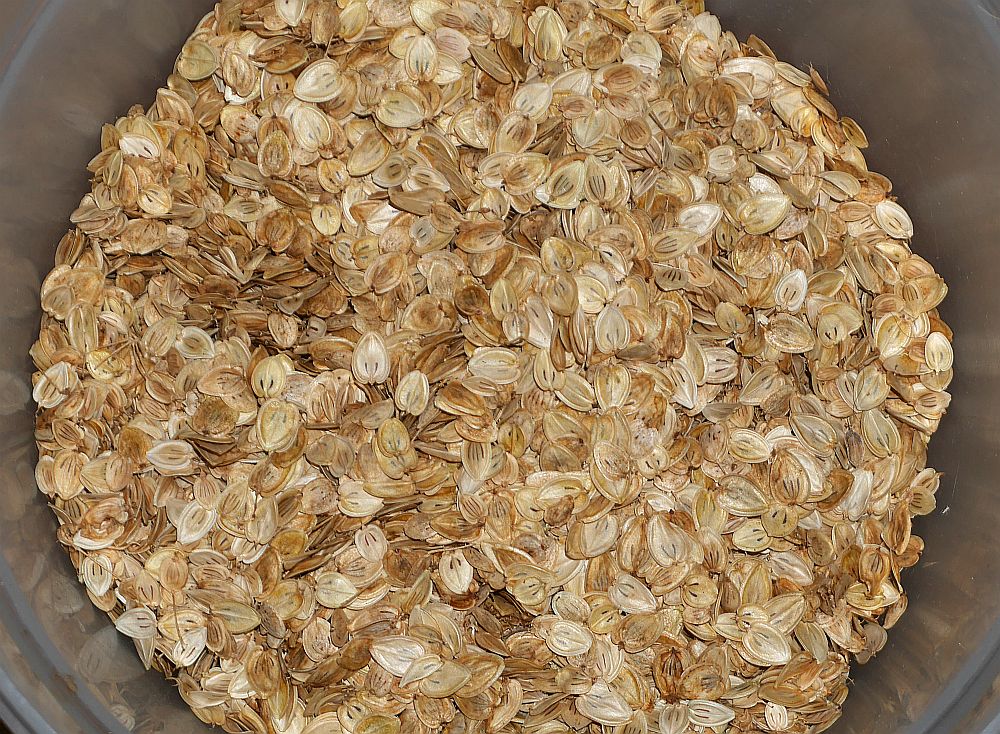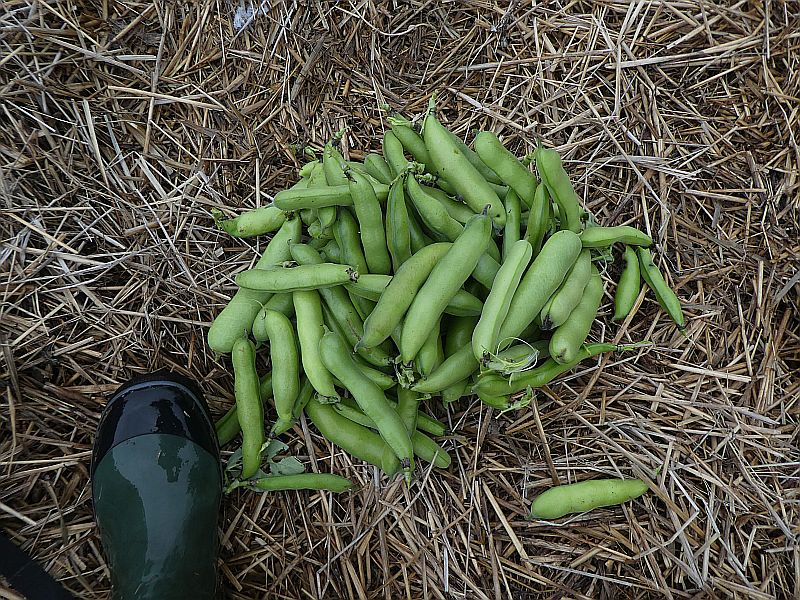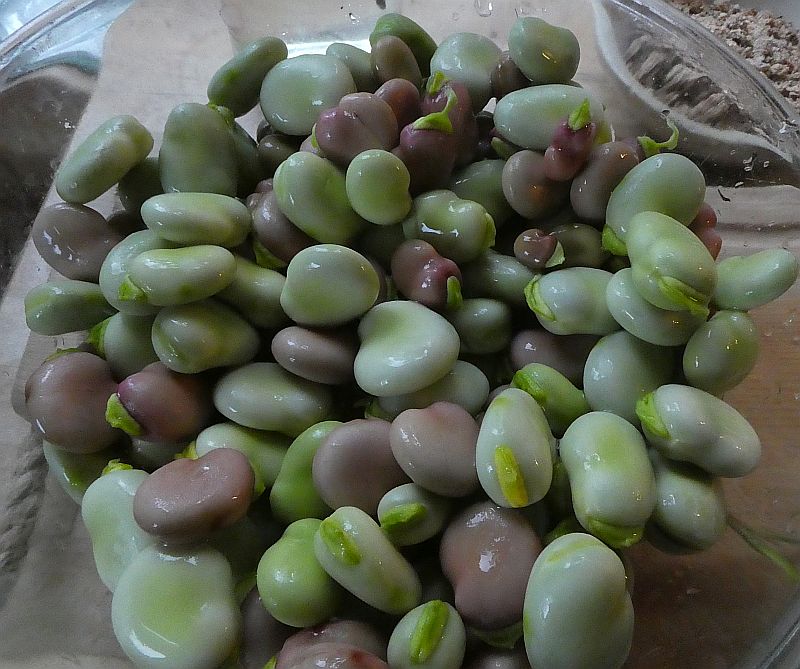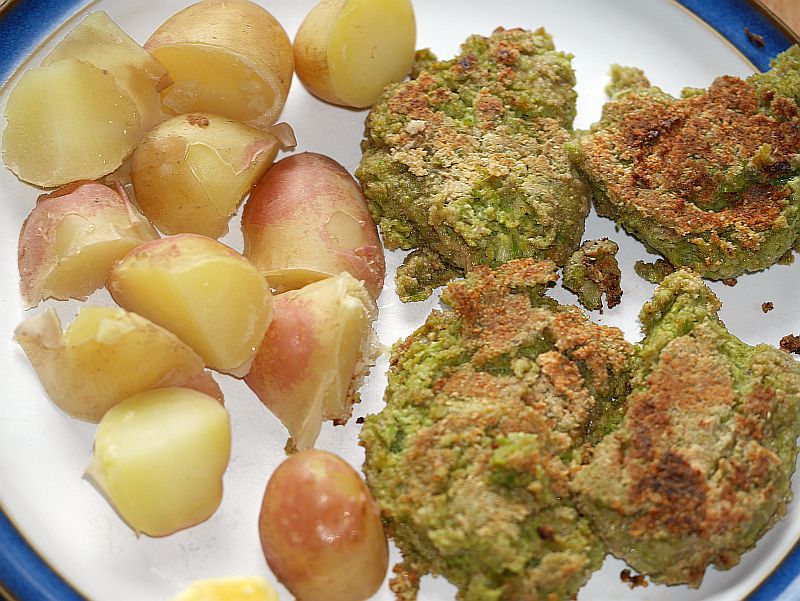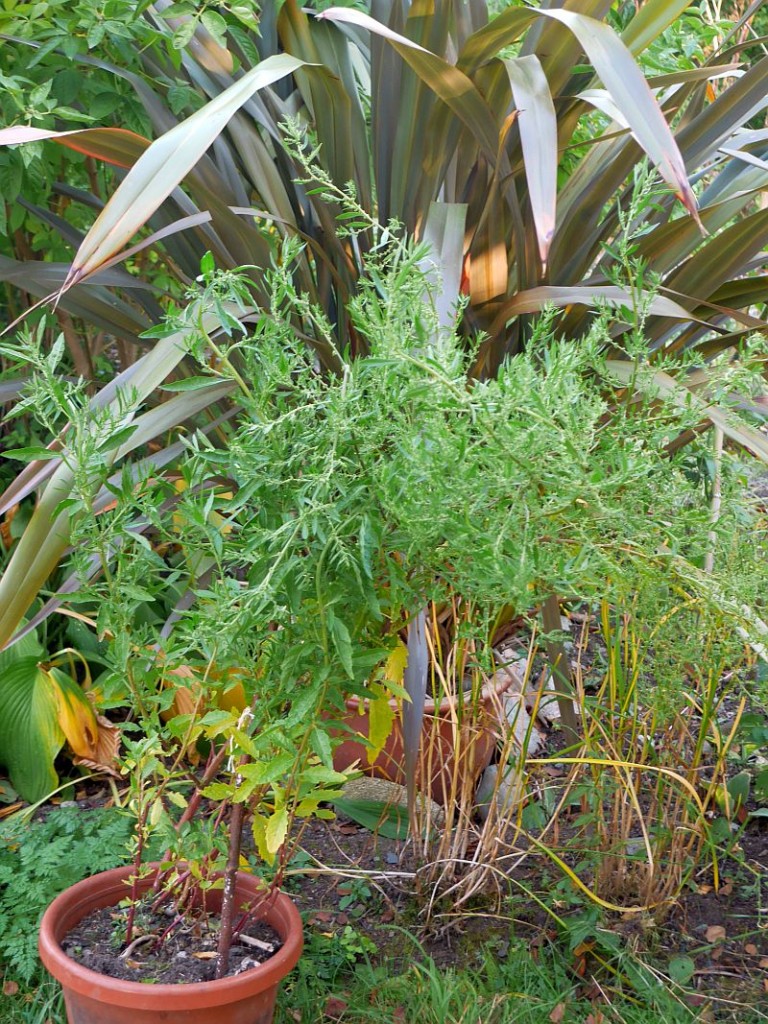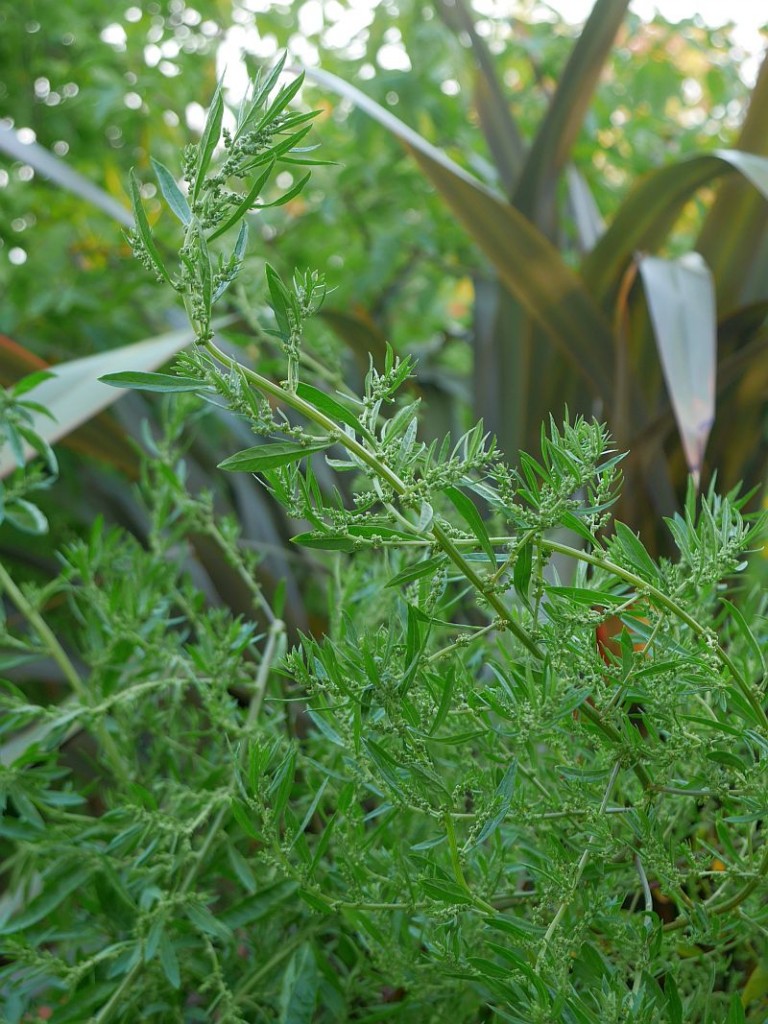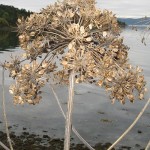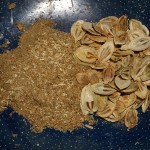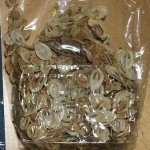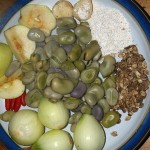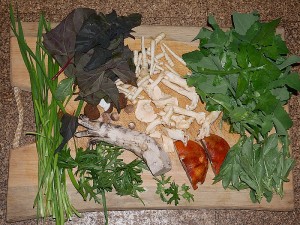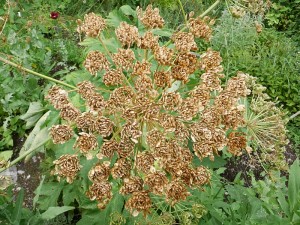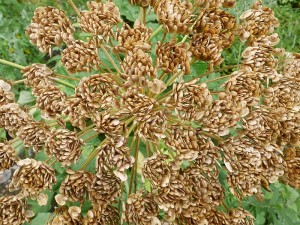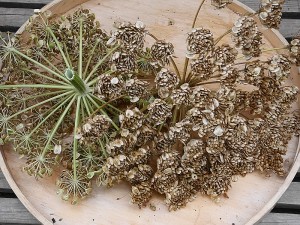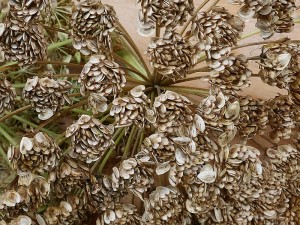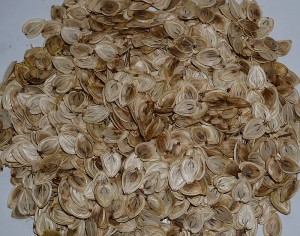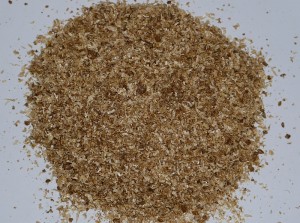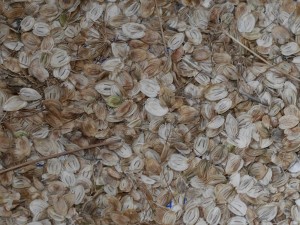Zanthoxylum is a genus of some 250 species of deciduous and evergreen trees, shrubs and climbers in the citrus family, Rutaceae
To my great surprise, I discovered that a plant I received from my friend Bo Blomkvist in Sweden as Zanthoxylum schinifolium and planted in July 2020 had numerous fruits on it. However, the taste was very similar to Japanese pepper, Zanthoxylum piperitum, and I believe it is this species I have as it has spines that grow in pairs (picture) whereas schinifolium has solitary spines. It is known as sanshō (山椒) in Japan and chopi (초피) in Korea.
I have tried to grow Z. piperitum, including the thornless variety inerme, several times in the past (always from seed as there was no source of plants in Norway) but I have only once experienced a plant reaching the flowering stage for a couple of years, but no fruits developed, subsequently dying. I’ve also tried other species such as Zanthoxylum americanum and Z. simulans, but they also died in the winter. This plant is the only surviving one in my garden. I was surprised to find fruits as sources I’d read say that Z. piperitum is reliably dioecious, i.e, it has separate male and female plants. On the other hand, some species such as Z. schinifolium are sometimes monoecious or hermaphroditic. I note though that our friends at the Balkan Ecology Project have also found it to be hermaphroditic; see https://www.balkep.org/zanthoxylum-piperitum.html
I’ve now sown the seed (they need stratifying and shouldn’t dry out before sowing) and will also try to propagate by cuttings later in the winter, the combination of an apparently hardier monoecious form of this great spice is worth preserving. I ate sansho frequently during my study tour to Japan back in 2016 and even visited a farm producing the leaves of this plant. I’ve blogged separately about this at https://www.edimentals.com/blog/?p=34098 including much more about the many uses of Japanese pepper!












